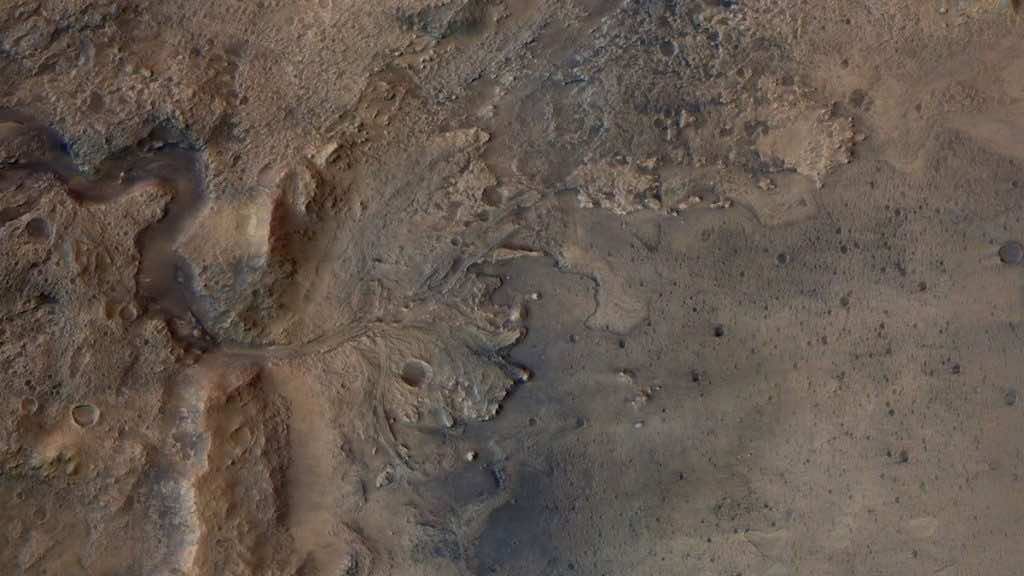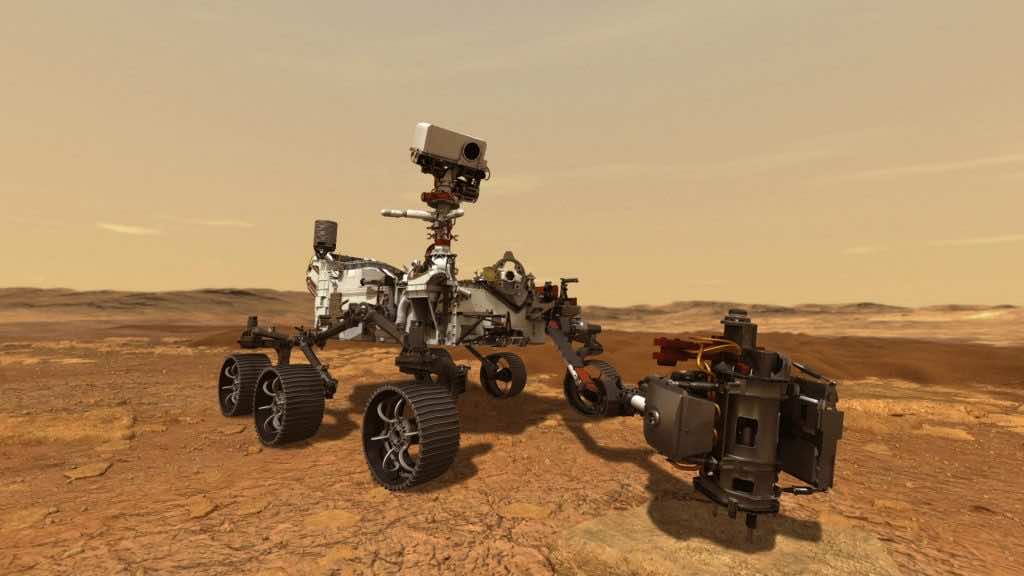NASA’s Perseverance Mars Rover is off to make yet make another astounding discovery to the Jezero Crater. It is looking for signs of ancient life.
“I’ve made it to my next lookout, overlooking a spot we’re calling ‘Séítah,’” the rover’s official account tweeted..

“It’s an area of dunes with some good science targets in and around it,” the rover added. “I’ll spy a few from here, doing science from afar, then circle around and keep exploring.”
The exceptional views have been seen in a panorama setting, reminding us of the innumerable landscapes we are yet to conquer on the Red Planet and even beyond.

The Perseverance Rover ended its science phase on June 1 and left “Octavia E. Butler” its landing location, where it came down earlier this year.
According to geolocation data, the Rover has stopped at several locations to explore its surroundings covering approximately 0.57 miles.
The Séítah (“amidst the sand” in the Navajo language) geological unit is located adjacent to the crater-filled floor of Jezero, dubbed the Crater Floor Fractured Rough. The Séítah area is packed with layered rocks and sand dunes.

“Starting with the Crater Floor Fractured Rough and Seitah geologic units allows us to start our exploration of Jezero at the very beginning,” said Kevin Hand, an astrobiologist at NASA’s Jet Propulsion Laboratory.
“This area was under at least 100 meters [328 feet] of water 3.8 billion years ago,” he added. “We don’t know what stories the rocks and layered outcrops will tell us, but we’re excited to get started.”
Due to the advance “AutoNav” mode, the Perseverance Rover turns into a self-driving car, making the flight much easier.

“I’m getting a good feel for driving and starting to take charge more to find my own way,” the rover’s account tweeted today. “By mapping, while I drive, I may be able to cover up to 5 or 6 times more distance in a day. Good, since there’s so much to get to!”


